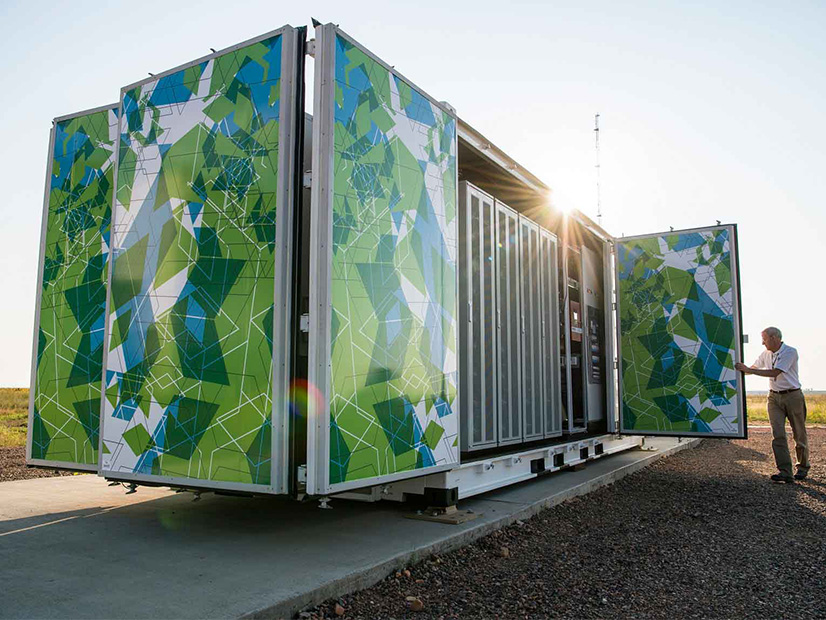While Massachusetts has some of the strongest incentives for storage resources in the country, its programs are lagging in their focus on equity and environmental justice, according to a new report commissioned by the Clean Energy Group.
The report analyzed the equity provisions in three Massachusetts programs that incentivize storage resources: the Clean Peak Energy Standard, the ConnectedSolutions program and the Solar Massachusetts Renewable Target (SMART) program.
The report found that “the current energy storage-incentivizing programs in Massachusetts, while they are groundbreaking in many ways, do not live up to the commonwealth’s clean energy equity commitments.”
It noted that the ConnectedSolutions program, which is part of the state’s utility-run energy efficiency program, and the Clean Peak Energy Standard lack incentives for deploying storage in low-income households or environmental justice neighborhoods and also do not include reporting requirements regarding equity.
The SMART program, which focuses on boosting solar resources but also includes an incentive for co-located storage, does include additional incentives for low-income customers. However, data from the program indicate just 1.4% of SMART storage projects used this low-income adder.
Todd Olinsky-Paul, senior project director at the Clean Energy Group, said he was surprised to find that not only is there no equity requirement, there’s no reporting requirement for two of the three programs.
He emphasized the importance of including low-income households in the early stages of storage deployment and said low-income households often experience the most significant benefits of behind-the-meter storage resources.
As climate change drives increased threats from extreme weather to the grid, the underserved communities are “getting hit the hardest,” Olinsky-Paul said.
Because low-income households typically are the hardest to reach when deploying new technologies, it makes sense to prioritize these groups from the outset, Olinsky-Paul said. “Once you figure that out, then you’ll know how to get it to everybody else,” he added.
The report is intended to influence the state’s ongoing work to update each of the programs, Olinsky-Paul noted.
Commissioner Elizabeth Mahony of the Massachusetts Department of Energy Resources (DOER) told NetZero Insider the state plans to include an increased focus on equity in all three programs.
“We’re in the infancy — or maybe toddler years — of the storage industry, and so our programs that work with storage deployment are in a similar phase,” Mahony said.
The state issued a straw proposal in July for its update to the SMART program and proposed to increase the eligibility of low-income customers and require that community-shared solar programs enroll at least 40% low-income customers.
The state also is working with the electric distribution companies (EDCs) to finalize their energy efficiency plans for the 2025/27 period, which will include updates to ConnectedSolutions.
Regarding the Clean Peak standard, Mahony said the state is finishing updates focused on ratepayer protection and plans to address equity “in the next phase of that program.”
Mahony noted that the state updated the Clean Peak standard in July to add “a near-term multiplier so that projects that are ready to go and can interconnect by 2027 … will get additional funding.”
The DOER commissioner added that Gov. Maura Healey’s recently proposed closeout supplemental budget would direct a procurement of up to 5,000 MW. (See Mass. Gov. Healey Includes Permitting Reform in Budget Proposal.) The supplemental budget proposal also includes major reforms to the state’s permitting and siting processes, which Mahony called “our top topic.”
She said the state also is preparing a new $50 million storage grant program “that we hope to launch in some form later this year.”
The legislature in 2018 established a goal for the state to deploy 1,000 MWh of energy storage by the end of 2025. In February, electric utilities reported the state has reached 569 MWh of installed storage, with 8,806 MWh in the development pipeline.




